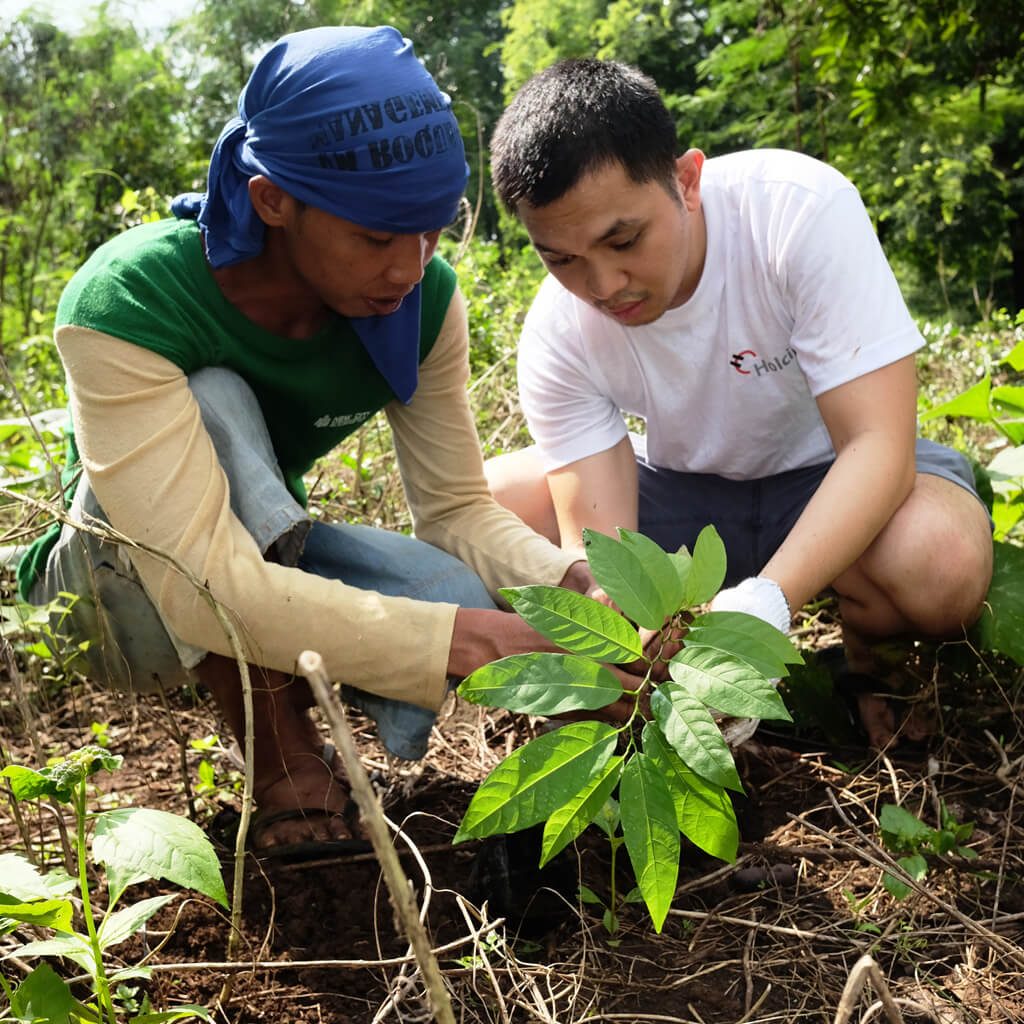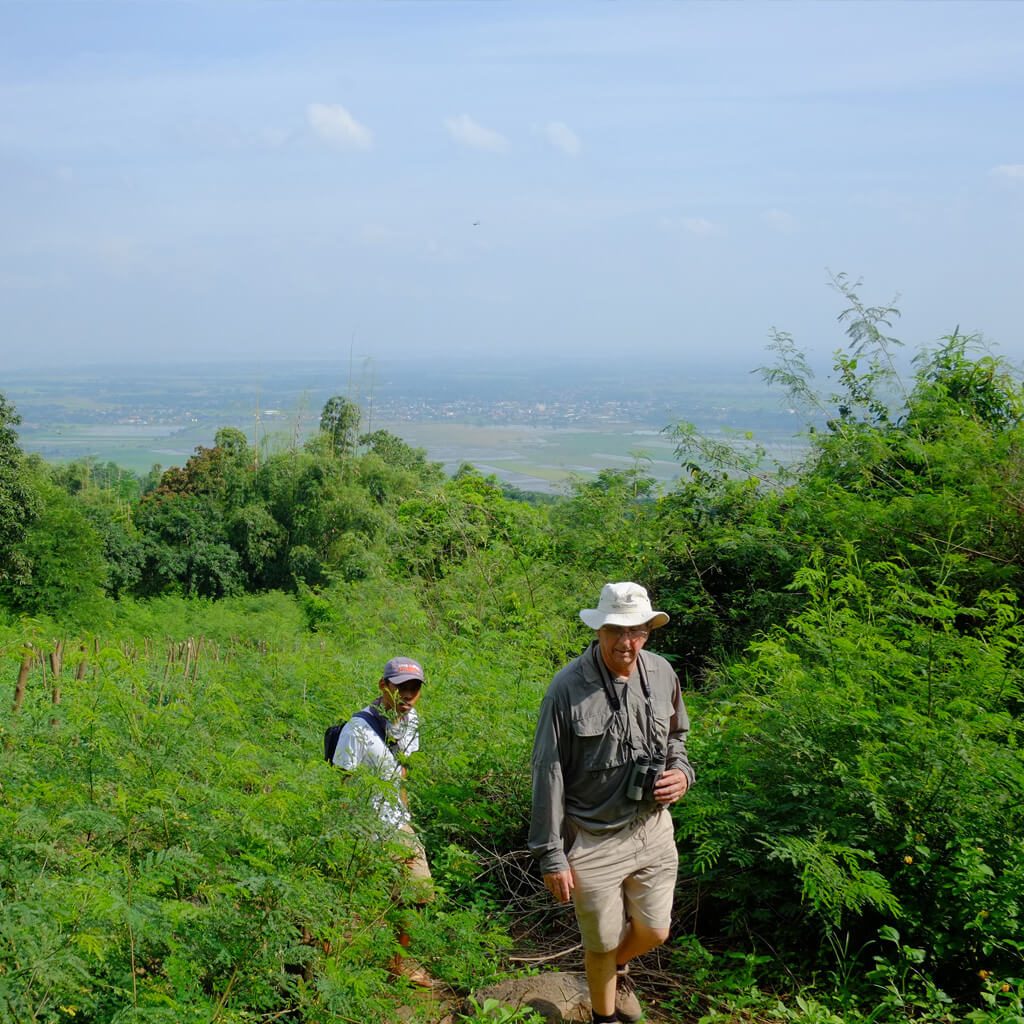Considered as one of the most accessible parks from Manila, the mystical mountain of Mt. Arayat lies within the municipalities of Arayat and Magalang in Pampanga. At the summit is a circular volcanic crater, and at its foot is the Pampanga river, the second largest in Luzon, which traverses the provinces of Bulacan, Pampanga, and Nueva Ecija. Noted for its clear water cascading from its waterfalls and for its refreshing surroundings, Mt. Arayat was established as a Forest Reserve in 1921, and then proclaimed as a National Park in 1933.
Aside from serving as habitats for endemic and endangered flora and fauna, Mt. Arayat possesses geological rock formations with potential for ecotourism. It also serves as an important source of water for domestic and agricultural use for the people of Arayat and Magalang. There are 23 creeks in the area that supply the irrigation needs of an estimated 350,000 hectares of rice fields around the Mt. Arayat National Park.

For many years in the past, charcoal-making as well as other destructive activities caused Mt. Arayat’s cover to decline causing sediments from soil erosion to find their way to theCandaba wetlands, also considered as ecologically important areas.
Aimed at minimizing the degradation of the Arayat-Candaba watershed through reforestation of
habitats of important flora and fauna in the upland ecosystems, specifically on the slopes of Mt.Arayat, the Society for the Conservation of Philippine Wetlands and the new Maria Sinukuan Upland Farmers Association embarked on an enrichment reforestation of at least 80 hectares of Mt. Arayat National Park. Indigenous forest trees were planted including Narra, Kupang, Calumpang, Sher, among other fruit trees such as sampaloc, atis, guyabano, cacao, langka, avocado and rambutan. Moreover, vegetables such as okra, sitaw, talong, kamatis, kalabasa, gabi, etc. are also planted in the buffer areas for intercropping and for fire protection.

Charcoal making is practiced in some area and fire from these activities remain a threat, particularly to new reforestation areas. By providing additional sources of income through ecotourism and through projects such as the Tree-preneur program where they are able to harvest goods from fruit trees planted, we can empower them to look to nature as their source of life, to protect it instead of contributing to its degradation.
*The initial phases of the Tree-preneur project was supported by the UNDP GEF Small Grants, Philippine Tropical Forest Conservation Foundation (now Forest Foundation Philippines), and Unilever Philippines, the Department of Tourism and the Department of Environment and Natural Resources, Region 3.